How in general does one select blocking capacitors and load resistors for an electret mic? Can the effect of incorrect values be observed on a common scope or are the voltages just too small?
Why? I've inherited a design which is not producing a high enough recording volume. The basic setup is:
In this particular case the given design uses R1=2.2k, C1=10uF, C2=1nF the power supply is actually 2.2-2.6V. The blocking capacitor is specified as type MLCC.
The AK4951EG audio amplifier IC has a specified input impedance of 20-40k ohm, and adjustable gain from 0-30dB. The microphone data sheet is sparse, and mostly in Chinese:




